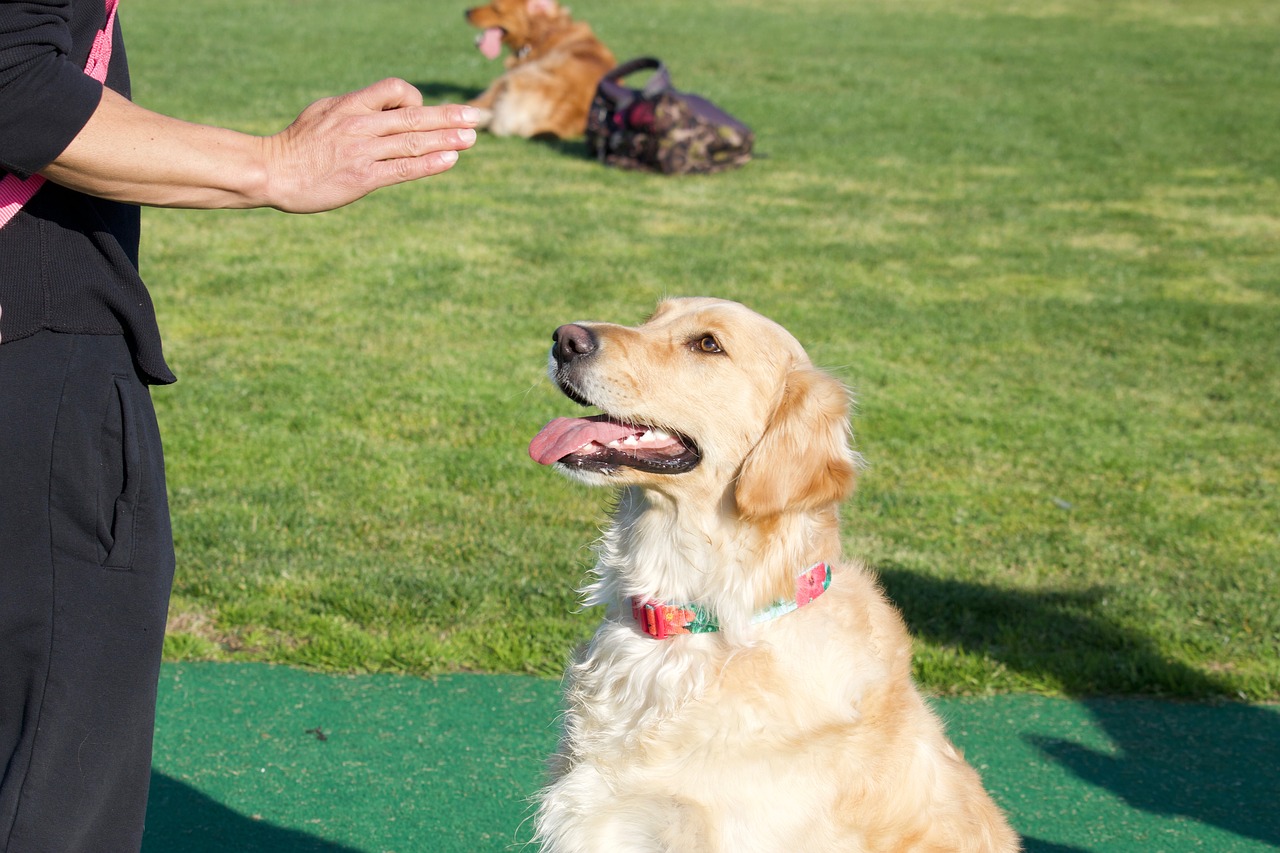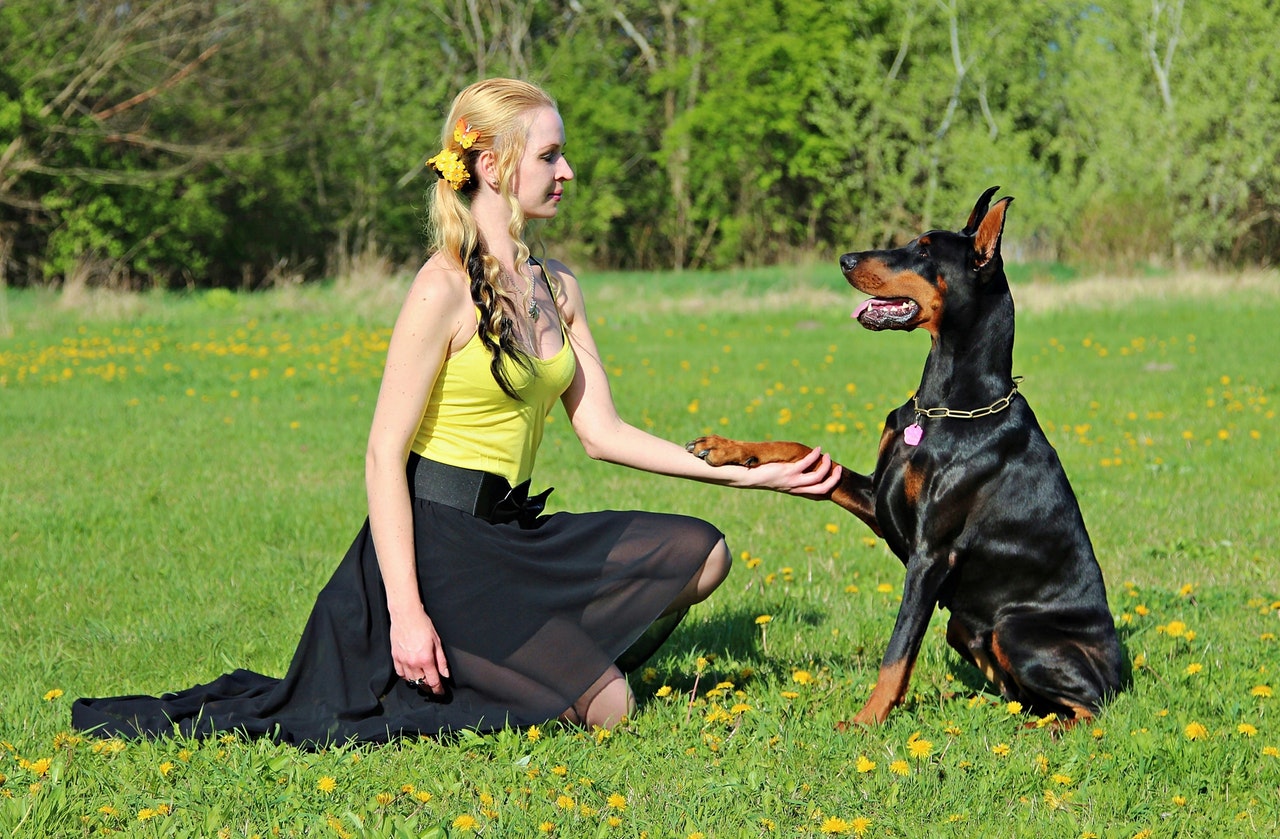2018-11-05

A well-trained dog needs to learn basic discipline and respect, determined by the dog’s energies and the wishes of the owner. A good discipline is an indispensable feature of service dogs. However, a disciplined dog needs to undergo basic training or obedience training to avoid behavioral problems under the commands of the owners. Not forgetting that for service dogs, listening to and following commands is a basic skill when serving the disabled owners. Some people say training for a normal pet dog is cruel and unnecessary, but they do not realize the benefits of it. The training can be a lot of fun for both the dog and the owner, which helps to foster the relationship and trust between the two.
In this article
1. Things you should know before training your dog
Things you should know before training your dog
In the next part, we will discuss the methods of teaching the commands to your dog. Before you start, keep the following in mind:
• Be patient
• Practice regularly
• Find a quiet place where you can avoid distractions
• Do not overdo the training
• Avoid forcing the dog
• Never punish the dog
• Prepare some treats to reward the dog for good performance
• Train at home or in the garden before practicing in public
• Enrich the content of training and entertainment
• Participate in the training exercises in the role of a friend
Now it’s time to start the command training!

1. “Watch Me” command
“Watch me” is the basic command to attract your dog’s attention and to effectively learn other commands. The first step is to keep eye contact with your dog. Hold the treats in your hand in front of the dog’s nose and gradually move your face upwards. When he watches you, you can give the command “Watch me” and reward him with the treats.
Repeat this exercise several times a day until your dog is properly trained in this command. This command can be used to practice other commands during the training.
2. “Sit” command
This command is also taught by putting the treat close to his nose and then moving it up, so of course, he has to lift his head to follow the food and sit down to wait for it, since he can not grab the treat. Now is the time to give the command “Sit” and offer the treat to show your affection. It is necessary to repeat this exercise until your dog has almost understood it.
This command is not only practicable in obedience training, but also in the prevention of disturbing behaviors, such as against other dogs or against people in the street.
3. “Down” command
After learning the “Watch me” and “Sit” commands, your dog will be able to challenge a slightly more complicated command like “Down”. Some owners said it was difficult to get their dogs to lie on the floor. Eventually, this command can be taught by holding something tasty and gradually moving it to the floor. Next, your dog will follow your hand lying on the floor, and that is the moment you give the command “Down” and give him the treat.
4. “Stay” command
This command is an extension of the “Sit” command. First, ask the dog to sit down and put the treat close to his nose. Next, give the command “Stay” and slowly walk away from a few steps. As soon as he sits and waits, you can reward him as soon as possible. However, if he does not do so according to your original intent, you should say “No” and gradually move away so he can tell if the exercise is over or not. This command requires more patience and time (several times a day) because two commands are implemented simultaneously.
There are other complicated commands such as “Wait”, “Come”, "Heel", and “Take it”. Aside from basic training, service dogs have to learn other special commands and training to help people with disabilities. This is a process that stimulates the dog’s talent and tests the patience of the owners. We will continue to share with you the teaching methods of other more advanced commands in the next article.